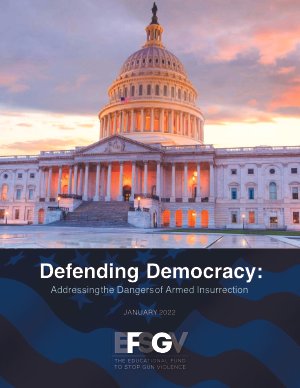By Moustafa Ayad, Nadeem Khan and Aymenn al-Tamimi
his report highlights the networks, supporters, and the platforms of Islamic State disinformation disseminators, focusing on popular social media platforms as well as encrypted messaging applications. These disinformation networks are creating self-branded media outlets with followers in the tens of thousands, and often with innocuous names like “Global Happenings,” “DRIL” and “Media Center,” to evade moderation and takedowns. These same networks use coded language and a codebook of emojis to spread Islamic State “news” to other networks of supporters, who similarly evade moderation. These ‘alternative news outlets’ are trying to outcompete narratives publicized by government officials as well as independent mainstream media and individual journalists – groups that were also heavily targeted by Islamic State.
London: IDS - Institute for Strategic Dialogue, 2022. 22p.




















